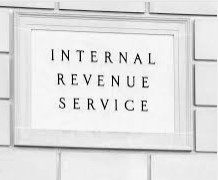
Navigating the labyrinthine U.S. tax system is challenging enough for American taxpayers living stateside, let alone for those residing abroad. One often-overlooked benefit that can make a significant difference on your expat tax return is the Refundable Additional Child Tax Credit (ACTC). This article aims to provide a comprehensive understanding of this credit, its refundable nature, and why it’s particularly beneficial for U.S. expats.
WHAT IS THE ADDITIONAL CHILD TAX CREDIT (ACTC)?
The ACTC is a tax credit designed to offer financial relief to families with children. Unlike the standard, nonrefundable Child Tax Credit, which requires the taxpayer to have lived in the U.S. for at least six months during the tax year, the ACTC has no such residency requirement. This makes it an invaluable asset for U.S. expats who may not meet the criteria for the standard Child Tax Credit but still have obligations for income taxes to the U.S. government.
For 2023, the refundable portion of this credit is worth up to $1,600 per qualifying child. The beauty of a refundable tax credit like the ACTC is that it not only reduces your tax liability to zero but can also result in a tax refund for the unused portion.
REFUNDABLE VS. NON-REFUNDABLE CREDITS
Tax credits come in two flavors: refundable and non-refundable. A nonrefundable credit, like the standard Child Tax Credit, can reduce your tax liability but won’t result in a tax refund if the credit amount exceeds your tax liability. On the other hand, a refundable tax credit like the ACTC can not only reduce your tax liability to zero but also result in a refund for the unused portion.
For example, if your federal tax return shows a tax liability of $1,000 and you qualify for a $1,400 ACTC, you would not only eliminate your tax liability but also receive a $400 refund from the IRS.
Read More




























Recent Comments